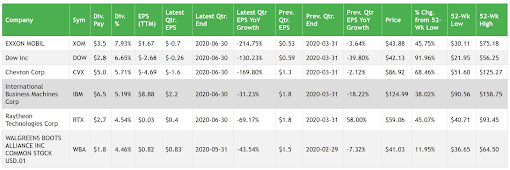The U.S. Chamber of Commerce tweeted that the extended unemployment benefits should be stopped given the "low" number of job additions during April 2021.
There's lot of chatter that people are getting more in unemployment benefits and that's keeping them from taking a job. April saw addition of 266,000 jobs. In a normal economy, 266,000 jobs would be a very good report. There could be multiple reasons for why the jobs report came in well below the expectation of a 1 million jobs.“The disappointing jobs report makes it clear that paying people not to work is dampening what should be a stronger jobs market."
— U.S. Chamber (@USChamber) May 7, 2021
See the full statement from our EVP @NeilBradleyDC on this morning's @BLS_gov jobs report: https://t.co/uE1557IKt3 pic.twitter.com/HIeDFwoZb5
- Many parents still have kids who are remote learning. So, they may not have the flexibility to take-up employment while they are caring for their kids.
- Vaccines were only widely available in the middle of April. So, people who were waiting to get vaccinated before heading to work, can only now get fully vaccinated.
Hard to single out unemployment benefits as "dampening" job growth in the lowest-wage industries when those same industries are the ones with the fastest job growth https://t.co/4OqlLBc7PW pic.twitter.com/EjXJI7aswl
— Ben Zipperer (@benzipperer) May 7, 2021



























